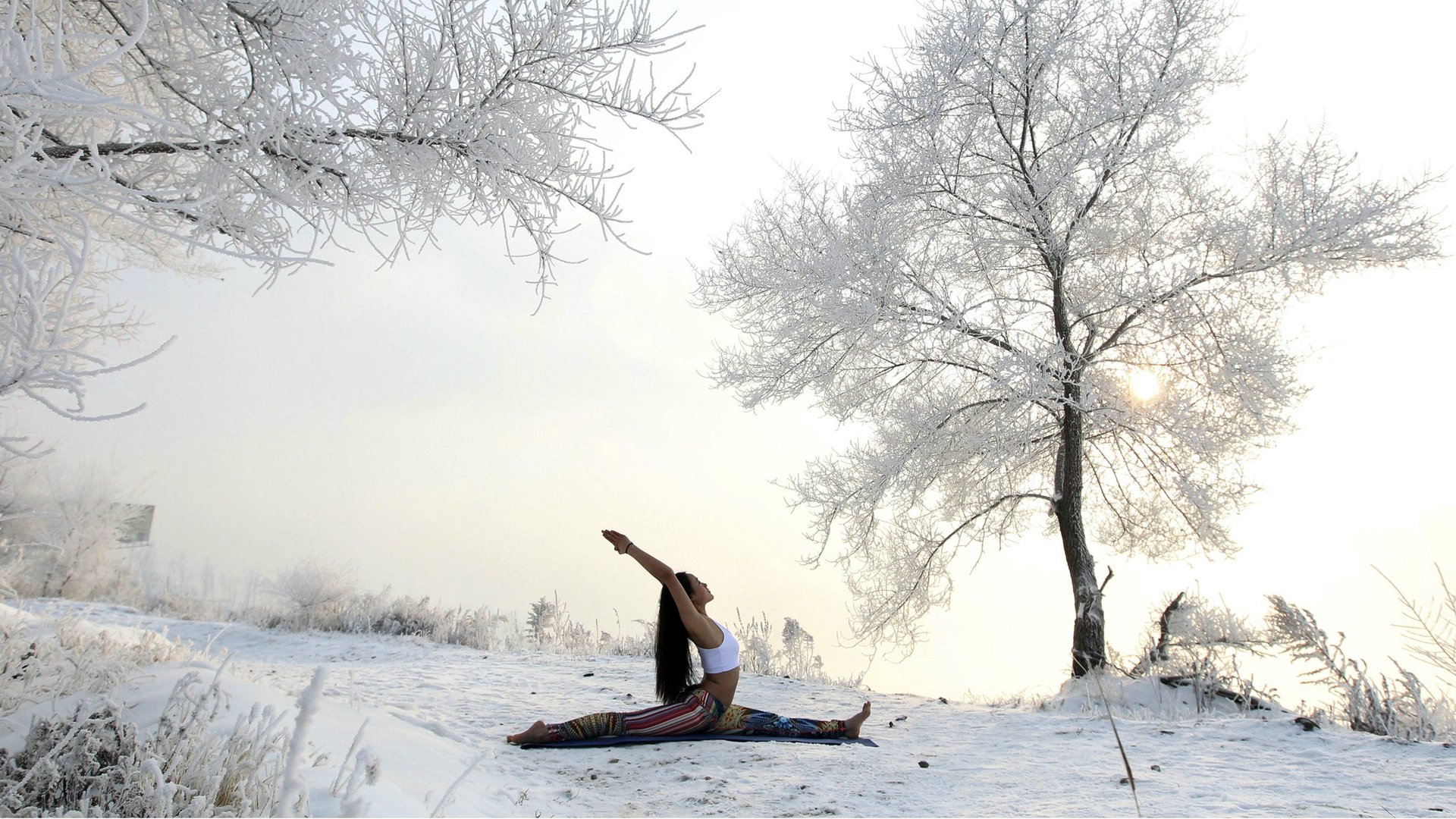Doing the splits is a terrible reason to commit to a daily yoga habit
Have you heard? The latest thing you should be doing is…the splits.


Have you heard? The latest thing you should be doing is…the splits.
At least according to the publisher Rodale Books who—after the monster success of Japanese organizer Marie Kondo’s decluttering manifesto The Life Changing Magic of Tidying—has imported a new Japanese guru for westerners who are hell-bent (sorry) on self improvement.
Even the Stiffest People Can Do the Splits: A Four-Week Stretching Plan to Achieve Amazing Health is the title of the latest, written by the Osaka-based yoga instructor who goes by Eiko. The premise, though strange, is rather simple: You want to be able to do the splits, right? Of course you do—what kind of slovenly person wouldn’t? Well, just commit to several minutes a day of yoga and bouncing exercises, and in one month, you will be able to do so—as well as apparently improve your (paywall) overall health, balance, weight, and inner zen in the process.
The book has sold 1 million copies in Japan and is being published in countries all over the world, including recently in the US. Eiko’s YouTube videos—including this one demonstrating the technique in a grimly-lit gym—have amassed millions of followers.
To be honest, I understand the desire that some adults may have to do the splits. As a symbol, it is the antithesis of aging, stiffness, stuckness. In our overwhelmingly linear world, it is lateral. In a working culture where many people spend all their time in their head, it is grounding. The last time I was able to get anywhere near it, I was a carefree ten year old in ballet class.
What I don’t understand, however, is why we are so eager to turn the precious few things in our world that are not goal-oriented into a tick-box achievement. Take yoga, for example. While it’s rooted in an ancient tradition that spans eight “limbs,” most western studios tends to focus on two: asana (poses) and pranayama (breath). That’s fine, but many of those same western yoga studios and instructors—and not to mention yogis on Instagram—also seem committed to turning it into a cardio class or a gymnastics competition or a fashion show.
Indeed, most yoga classes I’ve been to in western cities all over the world advise poses that are in no way suitable for the level of students in the class. We want to skip to the end goal—splits, scorpion pose, headstand, king pigeon—before we understand the embodiment, or indeed the joy, it takes to get there.
Of course, if you have been desperate to do the splits since you were ten, and this newest Japanese lifestyle import seems appealing to you, I am the last person to stand in your way. But if what really appeals to you about Eiko’s offering is a daily practice where you get out of your head and closer to the ground, I encourage you to do something even more radical: try it without a goal in mind.
As British writer Matt Haig once so eloquently put it, “misery, like yoga, is not a competitive sport.” After being a competitive runner for eight years and viewing exercise as a punishment rather than nourishment, it took me years to figure out how to do any kind of exercise, yoga included, without comparing myself to others (or to my workout the week before). I used to go to studios with floor to ceiling mirrors, improbably attractive instructors, and lithe women in sports bras who would glide into the class and do a headstand before the instructor had even said “focus on your breath.” In those moments, my inner world was fueled by comparison and striving—which is to say it was a mental space indistinguishable from the outside world.
Now, I do yoga every day. Sometimes, it’s at a studio (one that has no mirrors). Other times, it’s spending five minutes in child’s pose and breathing on my mat at home because that’s all I physically or mentally feel like doing. This daily practice, sans any expectations, has subtly changed my life—because it’s allowed me a single space where I don’t have a goal or expectation in mind. While it may sound like a platitude, meeting yourself where you are with no judgement or expectations is a rare gift on our world. The good news is it’s one you can give yourself.
So if you want to do the splits—sure, spend a month trying to do just that. But I suspect you might enjoy doing ten minutes of yoga every day, just because, even more.